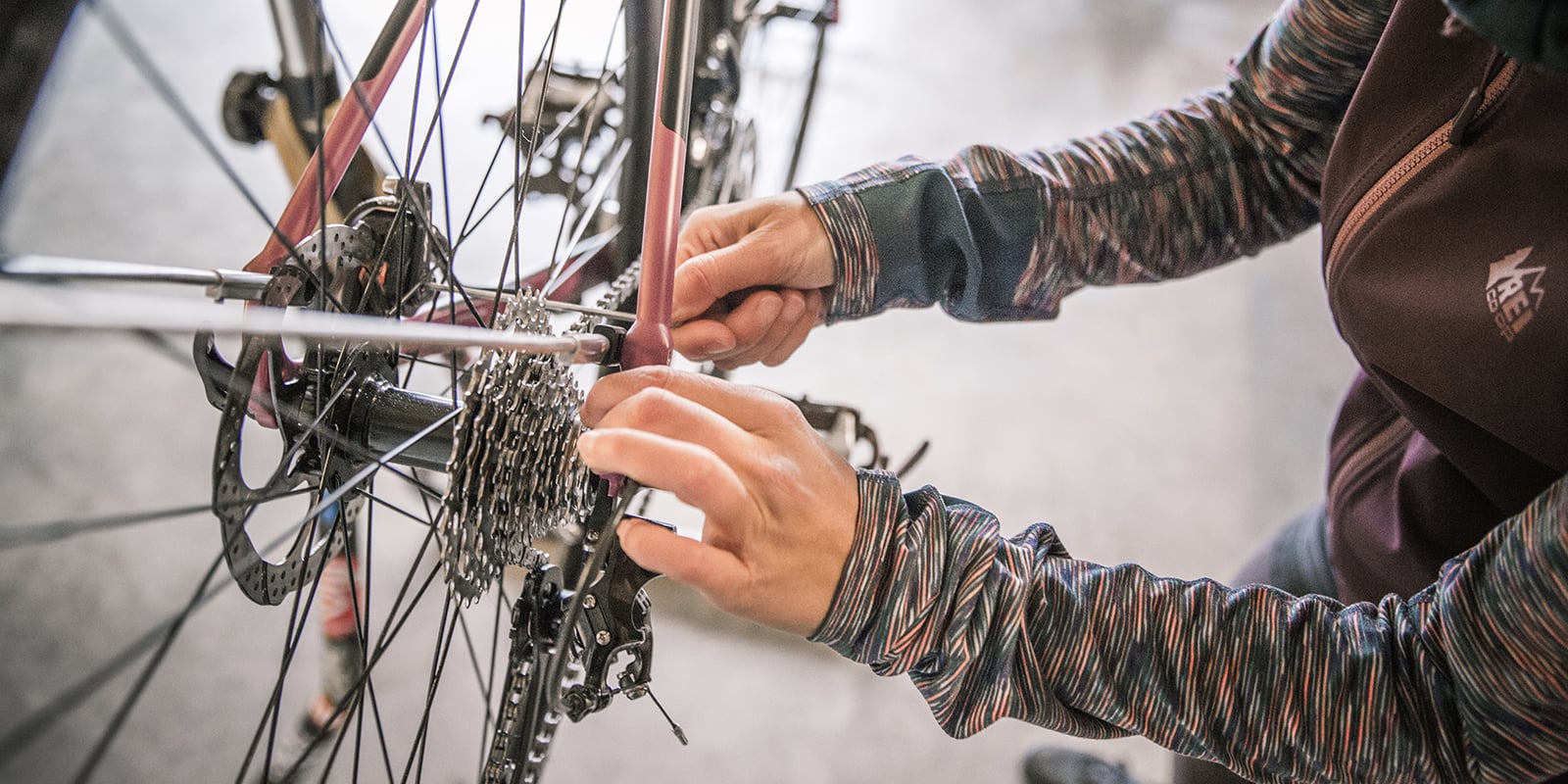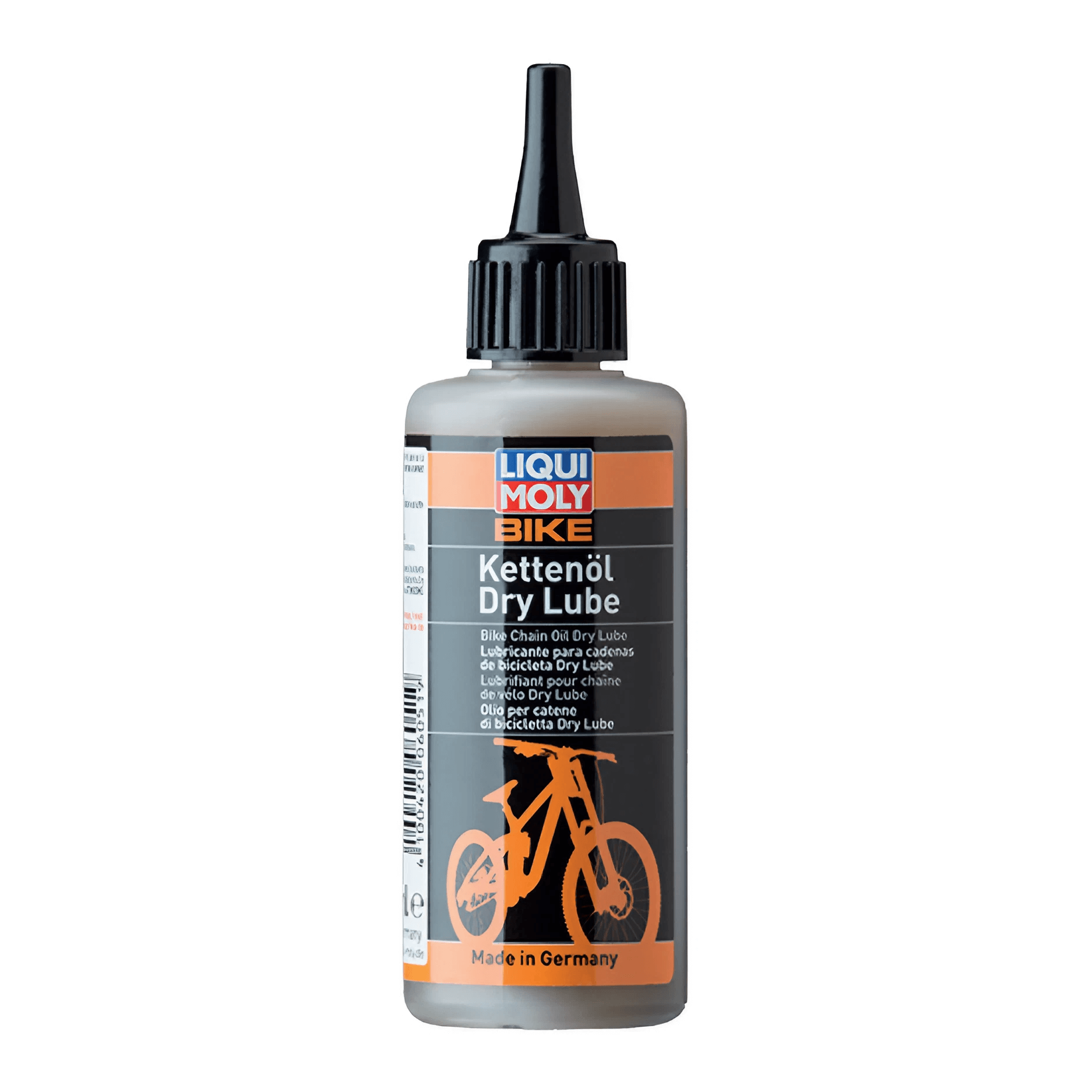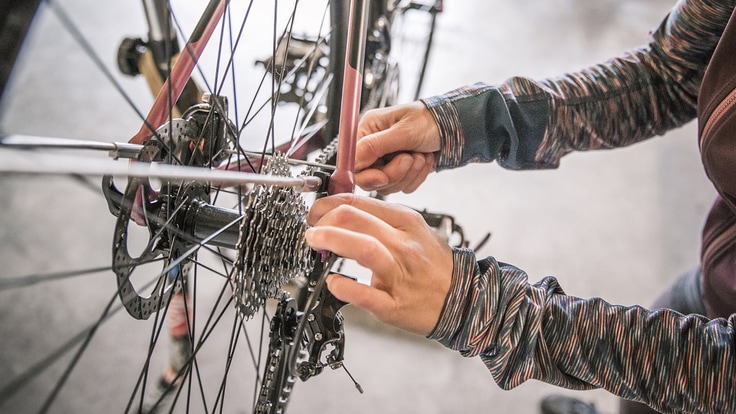Maintenance Essentials: Keeping Your Bike in Top Condition
Maintenance essentials are crucial for keeping your bike in top condition; regular upkeep ensures optimal performance. Proper maintenance helps prevent costly repairs and extends the lifespan of your bike.
As a bike enthusiast, you know the importance of maintaining your ride to enjoy smooth, safe, and efficient cycling experiences. Neglecting maintenance can lead to mechanical issues, safety hazards, and decreased performance. By following a routine maintenance schedule and addressing any issues promptly, you can keep your bike in excellent shape and ensure a seamless riding experience every time you hit the road.
Let’s explore some essential maintenance tips and best practices to help you achieve peak performance from your beloved bike.

Credit: www.rei.com
The Basics Of Bike Maintenance
Bike maintenance is crucial for ensuring your bike runs smoothly and remains safe to ride. By understanding the basics of bike maintenance, you can take steps to keep your bike in top condition. Regular maintenance not only extends the life of your bike but also enhances its performance. Let’s explore the essential aspects of bike maintenance that every cyclist should know.
Importance Of Regular Maintenance
Maintaining your bike regularly is essential to ensure optimal performance and safety. It helps in preventing breakdowns and identifying potential issues before they escalate, ensuring a smooth and enjoyable riding experience. With regular maintenance, you can prolong the lifespan of your bike and save on costly repairs in the long run.
Essential Tools For Bike Maintenance
Having the right tools is vital for performing effective bike maintenance. Some essential tools include a set of Allen keys for adjusting components, tire levers for fixing flats, a chain tool for chain maintenance, a bike pump for inflating tires, and a set of screwdrivers for various adjustments. Additionally, a bike stand can make maintenance tasks easier by providing better access to the bike.
Pre-ride Check
Before hopping on your bike and hitting the road, it’s essential to perform a pre-ride check to ensure both your safety and the longevity of your bike. By taking a few minutes to inspect some key components, you can detect any potential issues before they turn into major problems. This will ultimately help you keep your bike in top condition and ensure a smooth and worry-free ride.
Tire Pressure And Condition
One of the first things you should check during your pre-ride inspection is the tire pressure and condition. Properly inflated tires not only provide a comfortable and smooth ride, but they also ensure optimal performance and reduce the risk of flats. Use a tire pressure gauge to check if the tire pressure matches the recommended specifications provided by the manufacturer. If the pressure is low, use a pump to inflate the tires to the appropriate level. Similarly, inspect the tires for any signs of wear, cuts, or bulges. If you notice any damage or excessive wear, it’s important to replace the tire as soon as possible to avoid potential blowouts or accidents.
Brake Functionality Check
Another crucial aspect of your pre-ride check is to test the functionality of your bike’s brakes. Having reliable and responsive brakes is essential for your safety on the road. Start by squeezing the brake levers to ensure that they engage smoothly and without any excessive resistance. Next, check the brake pads for wear. If the brake pads are worn down to the wear indicators or there is less than 3mm of pad material left, it’s time to replace them. Additionally, check the brake cables for any signs of fraying or damage. If you notice any issues during your brake functionality check, it’s important to address them promptly by either adjusting or replacing the brakes or cables.
Cleaning And Lubrication
Proper cleaning techniques are crucial for ensuring your bike remains in top condition. By regularly cleaning your bike, you can prevent dirt and grime from building up and causing damage.
Proper Cleaning Techniques
- Use a gentle soap and water to clean the frame, wheels, and components.
- Use a soft brush to scrub hard-to-reach areas and remove stubborn dirt.
- Rinse thoroughly with clean water to remove any remaining soap residue.
- Dry your bike with a clean cloth to prevent water damage.
Applying Lubrication To Key Components
Applying lubrication to key components is essential for maintaining the smooth operation of your bike. Proper lubrication helps reduce friction and wear on moving parts.
- Apply lubrication to the chain, derailleurs, and cables to ensure they move freely.
- Use a bike-specific lubricant to prevent attracting dirt and debris.
- Wipe off any excess lubricant to avoid buildup and residue.
Ensuring Proper Gear Functionality
Ensuring Proper Gear Functionality is essential for a smooth biking experience. Proper maintenance of your bike’s gear system is crucial to avoid any disruptions during your rides.
Gear Shifting Adjustments:
- Regularly inspect gear cables for wear and tear.
- Adjust cable tension to ensure smooth gear shifts.
- Check gear indexing alignment for accuracy.
Chain Maintenance And Inspection:
- Keep the chain clean and lubricated regularly.
- Inspect for any signs of rust or damage.
- Replace the chain if worn beyond limits.
Brake System Maintenance
Keeping your bike’s brake system in top condition is essential for your safety on the road. Regular maintenance of the brake system ensures that you have maximum stopping power when you need it the most. In this section, we will go over two crucial aspects of brake system maintenance: checking brake pads for wear and adjusting brake cable tension.
Checking Brake Pads For Wear
Ensuring that your brake pads are in good condition is vital for optimal braking performance. Over time, brake pads wear down due to friction against the brake rotor or wheel rim. By regularly checking your brake pads, you can avoid potential issues such as reduced braking power or noisy brakes.
Here’s a simple step-by-step guide to checking your brake pads:
- Start by locating the brake caliper, which houses the brake pads.
- Inspect the brake pads for any signs of wear. If the brake pads appear thin or have grooves, it’s time to replace them.
- Check for any debris or foreign objects lodged between the brake pads and the rotor or rim. Remove any obstructions to ensure proper braking.
If you’re unsure how to replace your brake pads or notice significant wear, it’s recommended to consult a professional bike mechanic.
Adjusting Brake Cable Tension
Proper brake cable tension is vital for responsive braking and control. Over time, the brake cable may stretch or loosen, affecting the performance of your brake system. Adjusting the brake cable tension is a simple yet important task that every cyclist should know.
Here’s a step-by-step guide to help you adjust your brake cable tension:
- Locate the barrel adjuster on the brake caliper or brake lever.
- Turn the barrel adjuster clockwise to tighten the brake cable tension or counterclockwise to loosen it.
- Squeeze the brake lever and observe the brake pad’s distance from the rim or rotor. You want to achieve a gap of about 1-3mm for optimal braking performance.
- Repeat the adjustment process on the other brake if necessary.
Remember to test your brakes before hitting the road to ensure they are functioning correctly. If you’re unsure about adjusting the brake cable tension or encounter any difficulties, consult a professional bike mechanic for assistance.

Credit: thebikeatrium.com
Suspension And Frame Care
When it comes to maintaining your bike, paying attention to suspension and frame care is crucial for ensuring optimal performance and longevity. Neglecting these vital components can lead to decreased ride quality and potential safety hazards. By incorporating a regular maintenance routine that includes inspecting for frame damage and maintaining suspension performance, you can keep your bike in top condition and enjoy a smoother and more secure ride.
Inspecting For Frame Damage
Regularly inspecting your bike’s frame for any signs of damage is essential for ensuring the structural integrity and safety of your ride. Look for any cracks, dents, or paint chips that could potentially compromise the stability of the frame. If you notice any damage, it’s imperative to address it promptly to prevent further issues or hazards.
Maintaining Suspension Performance
Proper maintenance of your bike’s suspension system is crucial for preserving its performance and responsiveness. Ensure that the suspension components are clean and free from dirt or debris that could affect their function. Regularly check for leaks, and if you notice any signs of oil seepage, consult a professional to address the issue promptly. Additionally, adjust the suspension settings based on your riding style and terrain to optimize its performance.
Wheel And Spoke Maintenance
When it comes to keeping your bike in top condition, wheel and spoke maintenance plays a crucial role in ensuring a smooth and safe ride. Neglecting the maintenance of your bike’s wheels and spokes can lead to issues such as wobbling, poor performance, and even safety hazards. By regularly checking the trueness of your wheels and inspecting spoke tension, you can extend the lifespan of your bike while enhancing your overall riding experience.
Checking Wheel Trueness
Proper wheel trueness is essential for optimal performance and safety. Regularly check the trueness of your bike’s wheels to detect any lateral or radial deviations. Use a truing stand or a simple zip tie method to determine if your wheels are perfectly round and centered. If you notice any wobbles or unevenness, it’s crucial to address the issue promptly to prevent further damage to your bike and ensure a smoother ride.
Inspecting Spoke Tension
Spoke tension directly affects the stability and strength of your bike’s wheels. Periodically inspect the tension of each spoke using a spoke tension meter or simply by hand. Ensure that the tension is uniform across all spokes and make adjustments as needed to maintain equilibrium. By keeping your spokes properly tensioned, you can prevent wheel warping and enhance the longevity of your bike’s wheels, ensuring a safer and more enjoyable riding experience.
Professional Tune-up And Maintenance Tips
In order to keep your bike in top condition, regular tune-ups and maintenance are crucial. While basic bike maintenance can be done at home, there are certain situations where seeking professional help is necessary to ensure the longevity and optimal performance of your bike. In this section, we will discuss the indicators for seeking professional help, as well as provide some helpful tips for long-term bike care and maintenance.
When To Seek Professional Help
While some minor bike repairs can be done by yourself, there are certain situations where it is important to seek the assistance of a professional bike mechanic. Here are a few indicators that it’s time to take your bike to the experts:
- When there are complex mechanical issues that you are unfamiliar with, such as problems with the drivetrain or braking system.
- If you notice any strange noises or vibrations coming from your bike while riding, as these could be indications of underlying issues.
- If you are experiencing difficulty with shifting gears smoothly, it may be a sign that your bike’s derailleur needs adjustment or replacement.
- When your bike has been involved in a major accident or collision, as there may be hidden damage that could affect its overall performance and safety.
Tips For Long-term Bike Care And Maintenance
Proper long-term care and maintenance of your bike can significantly extend its lifespan and ensure optimal performance. Here are some essential tips to keep in mind:
- Regularly clean and lubricate your bike’s drivetrain, including the chain, cassette, and derailleurs, to keep them free from dirt and corrosion.
- Inspect and replace worn-out brake pads regularly to maintain effective braking power and prevent accidents.
- Check and maintain proper tire pressure to ensure a smooth and comfortable ride while reducing the risk of punctures.
- Periodically tighten all bolts, including those on the handlebars, stem, and seatpost, to prevent any parts from coming loose while riding.
- Consider investing in a bike storage cover or keeping your bike indoors to protect it from the elements, which can lead to rust and deterioration.
By following these professional tune-up and maintenance tips, you can keep your bike in top condition for years to come, ensuring a safe and enjoyable riding experience.

Credit: www.rei.com
Conclusion
Maintaining your bike is crucial for its optimal performance and longevity. By following the essential maintenance practices outlined you can keep your bike in top condition and enjoy a smooth and safe ride every time. Remember to regularly clean and lubricate your bike, inspect and tighten bolts, check tire pressure, and address any issues promptly.
Taking care of your bike will not only enhance your riding experience but also extend the lifespan of your beloved two-wheeler.